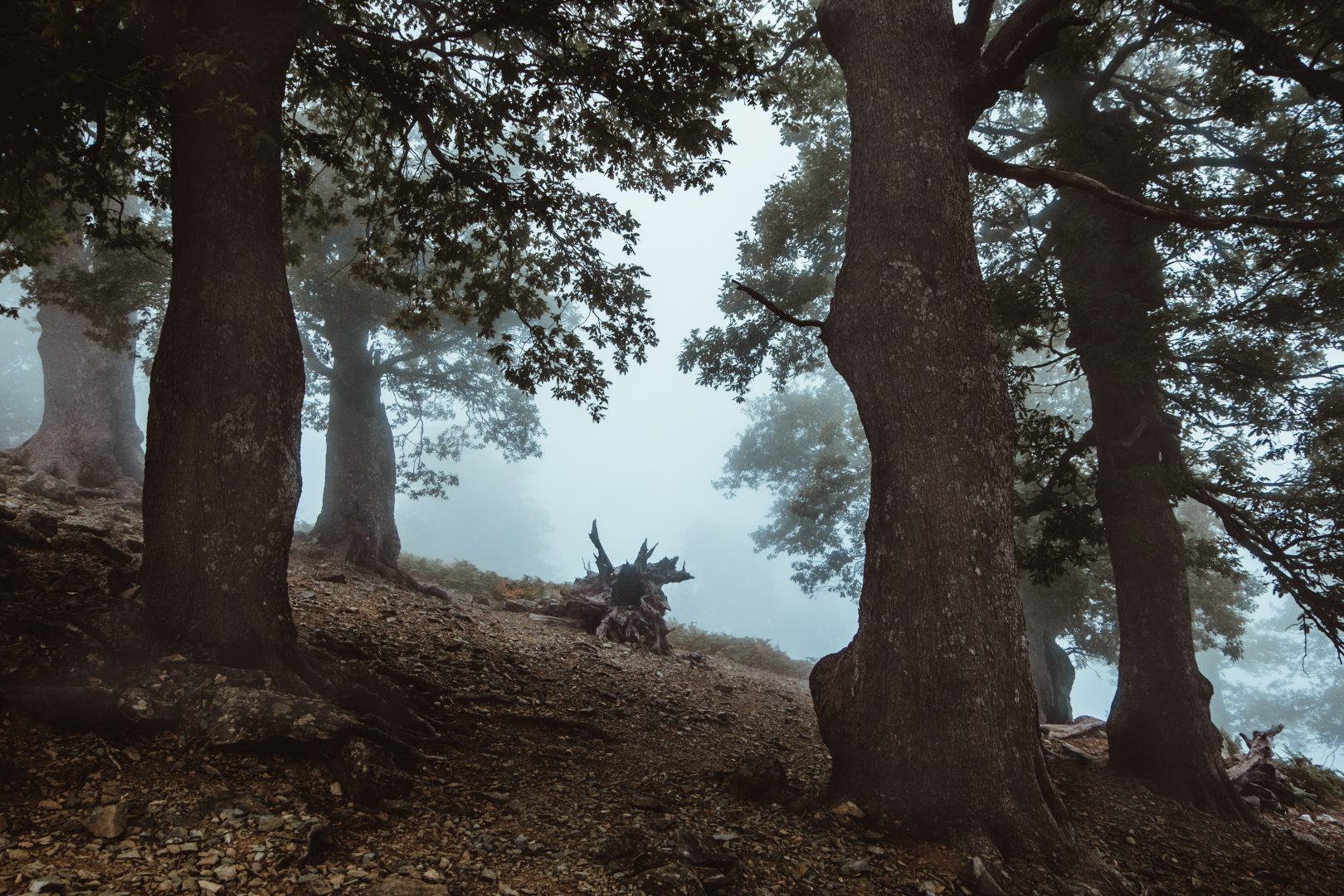Have you ever gazed up at the night sky and wondered how long the mesmerizing full moon lasts? The full moon, with its captivating glow and mysterious beauty, has enchanted human beings for centuries. In this blog post, we will explore the duration and various aspects of the full moon, shedding light on this celestial phenomenon. So, sit back, relax, and let’s embark on a lunar journey together!
What is a Full Moon?
Before we delve into the length of a full moon, let’s first understand what it actually is. A full moon occurs when the Earth is positioned directly between the sun and the moon, making the moon appear fully illuminated from our perspective. This happens because the sun’s light is reflected off the moon, creating a breathtaking display of lunar brightness.
The Length of a Full Moon
Contrary to what you might think, a full moon isn’t a fleeting event that lasts only a few seconds or minutes. On average, a full moon technically lasts for just a moment, but its effects can be observed for several days.
The exact duration a full moon is visible depends on various factors, including your geographical location, atmospheric conditions, and the moon’s position in its orbit. Typically, the full moon is visible for about three nights, the night before, the night of, and the night after the peak full moon phase.
During these nights, the moon appears full and luminous, casting an ethereal glow on the surrounding landscape. However, it is important to note that the moon’s appearance of fullness may slightly diminish as it moves away from the exact full moon phase.
The Moment of the Full Moon
The moment the moon reaches its fullest phase is known as the “syzygy.” During this short-lived moment, the moon, Earth, and sun align perfectly. This precise alignment marks the peak of the full moon when the moon is 100% illuminated.
However, due to the various time zones across the globe, the exact moment of the full moon may occur at different hours depending on your location. It is always fascinating to think that while you are witnessing a full moon, someone on the opposite side of the planet might be experiencing a different lunar phase entirely.
Phases Leading Up to and After the Full Moon
Did you know that the full moon is part of a larger lunar cycle? Before and after the full moon, the moon goes through different phases, each with its unique appearance. Understanding these phases can enhance your experience and appreciation of the full moon.
1. Waxing Gibbous: This phase occurs right before the full moon. The moon is almost fully illuminated, with just a sliver of darkness visible on its edge.
2. Full Moon: As we already discussed, this marks the peak of the lunar cycle when the moon appears fully illuminated.
3. Waning Gibbous: This phase follows the full moon. The moon gradually starts to darken on one side, creating a striking crescent shape.
4. Last Quarter: Also known as a half moon, this phase occurs after the waning gibbous. The left half of the moon is illuminated while the right half remains in darkness.
5. Waning Crescent: In this phase, the moon takes on a thin crescent shape as it continues to move towards the new moon phase.
It’s important to mention that the full moon experience may vary depending on factors such as light pollution, weather conditions, and personal perception. Being in a location with minimal artificial lighting can enhance the visual impact of the full moon.
Appreciating the Full Moon
Now that you have a better understanding of the duration and phases of the full moon, let’s explore a few tips on how to fully appreciate this captivating celestial event:
1. Find a Suitable Viewing Location
Look for a spot away from city lights where the night sky is clear and unobstructed. This will allow for optimal moon viewing and a more immersive experience.
2. Timing is Key
Mark your calendar for the nights surrounding the full moon to make sure you don’t miss out on its enchanting glow. Be aware of the local lunar rise and set times to plan your viewing accordingly.
3. Capture the Moment
If you have a camera with manual settings, consider capturing the full moon in all its glory. Experiment with exposure times and focal lengths to create stunning moonlit photographs.
4. Attend Lunar Events
Many cities and astronomical societies organize lunar events like moonlit hikes, stargazing parties, or lunar photography workshops. These events provide opportunities to learn more about the full moon and share in the experience with others.
5. Embrace the Mystery
Take a moment to reflect on the beauty and the mystery of the full moon. Let its serene presence inspire you and leave you in awe of the vastness of the universe.
In conclusion, the full moon, though technically brief, leaves a lasting impact on the nights it graces. With its ethereal glow and timeless allure, it invites us to look up and appreciate the wonders of the solar system. Whether you’re a seasoned moon-gazer or a beginner, the full moon is a captivating sight that can be enjoyed by all.
So, the next time you find yourself basking in the moonlight, remember to cherish the moment and let the full moon’s beauty fill you with a sense of wonder and awe.
Table of Contents
